My trail of the Berliner Mauer or the Berlin Wall starts at one of the oldest landmarks of Berlin, Das Brandenburger Tor or the Brandenburg Gate. It is 9 am and it has been raining since dawn. A group of young school children wearing colourful rain jackets stand in a row looking at this ancient monument. Dennis, my guide explains how the impressive monument reflects the very history of Berlin over the period of years – from the days of Napoleon to Hitler . The gate which was once the symbol of victory when the Prussians regained the city from the French became a symbol of divided Germany with it being the border between East and West Germany. As I wait for my train at the Brandenburg Station, I see an exhibition that narrates the historic incidents over the period of time. The train takes me to Bernauer Strasse, once the border between the East and the West where the Wall Memorial stands.
As soon as I get off the train, Dennis points down to the road. Below my feet on the cobbled path is a strip laced with bricks and it reads, “ Berliner Mauer – 1961-1989” . I am standing on what was once the No Man’s Land or the Deathstrip as it was called. “ The Wall,” says Dennis is more than one concrete wall. It ran 161 kms along the city, dividing relatives, friends, homes, rivers, cemeteries, markets. Imagine for a moment, your road where you walked everyday vanishes to make way for The Wall and you could no longer walk on it. The windows of your room had to be shut forever because it faced suddenly another country that you could not enter. Relatives could not see each other for the rest of their lives or it resulted in death, as in tragic story of Ida Siekmann the first victim of the Berlin Wall who died nine days after it was built.
Ida’s story was tragic. She was living on the road that suddenly became sealed and she realized that she was living in East Germany . One part of the apartment however faced West. Ida who wanted to celebrate her 59th birthday with her only relative, her sister who lived in West Germany decided to jump from the window of her apartment which was on the third floor. Quite a few had attempted the feat with the help of West Berliners who helped them with safety precautions. The East Germans heard her call out to the people on the other side asking for a fire brigade and they started banging on the door. Out of panic, she jumped even before the police and the fire brigade arrived, to her death. Ida’s death resulted in more than 140 people who died escaping. Some were shot, some drowned while some like Winfried Freudenberg who tried escaping through a hot air balloon died by accident. Some were as young as Cetin, a five year old who drowned, while others were old as Ida. It was not East Berliners who died but a few were from the West as well. There were probably more than 140 people, but these were the tragic stories that could be unearthed.
Standing in the War Memorial, I can see their faces and listen to all their stories. For every escape or death, there is a reminder on the strip that tells you the fates of those who made it or died on the way to freedom. The Wall was not just one strip. There was a Wall that belonged to East Germany and an even taller one that had to be scaled that was the boundary of the West and in between were multiple layers of obstacles for those trying to escape. But most of the East Germans who did escape were helped by their Western counterparts.
I am standing above what was Tunnel 57 through which more than 57 people from East Germany escaped stealthily with the help of their Western counterparts. The tunnel which was built by students from West Germany was eventually discovered but not before it had successfully prompted other tunnels to be built .I move to a building above to get an overview of what was once the No Man’s Land or the Death Strip. While roads were sealed and rivers were blocked, even cemeteries had to disappear and graves relocated to make way for The Wall.
We take a train again and this time I hear about the ghost stations, another reminder of the chilly Cold War. As East Germans were not allowed to escape, some of the underground railway stations that connected the West and the East were shut down as the trains were not allowed to go beyond the West. Doors were locked and the soldiers were in hiding patrolling these empty stations, lest anyone tried to escape. When the West Berliners on the train suddenly saw the shadows of these men patrolling, they seemed like ghosts, lending the name ghost stations to them. Bernauer Strasse subway was a ghost station as well.
We next come to the East Side Gallery, where the Wall bursts into colour with graffiti . The stretch of The Wall that stands today , over a km has been painted by artists from all over the world, an international memorial for freedom. Standing there, you just wonder how such a bright and beautiful stretch with more than 100 paintings could have been a Death Strip a few decades ago.
However 25 years ago, The Wall eventually broke down. Dennis remembers the day. He was a seven year old . East Germany was then crumbling down as a powerful state under the Soviets and there were talks that the people would be allowed to move freely between the countries. But it was eventually the power of the people. As East and West Germans stood on either side of The Wall, one man casually crossed as the soldiers watched . And then it became a riot. People were jubilant as they came with hammers, breaking down the Wall. The Woodpeckers or Mauerspechte as they were called chipped down pieces of The Wall and took them home as souvenirs. Dennis joked that if all the souvenirs were collected of the original Wall, they could put together twice the size and length of the original Wall. Even today the company that was commissioned to make The Wall sells concrete blocks for souvenirs, but they are not original.
Dennis remembers how he along with his sister and parents took hammers to chip down pieces as well. The East Germans were so happy that they raided supermarkets in the West . Dennis tells me about a group of men who loaded their trucks with Coca Cola and sold them in the East. Playboy magazines he adds laughing were the most in demand. But it was not just about commerce. Relatives met after years, friends embraced and people moved freely between the East and the West. I went to the War Memorial for one last look and I saw the creepers and moss covering some of the remnants of the Wall. As I journeyed back to the West from the East, I pass by the Brandenburg Gate which is now the symbol of unified Germany.

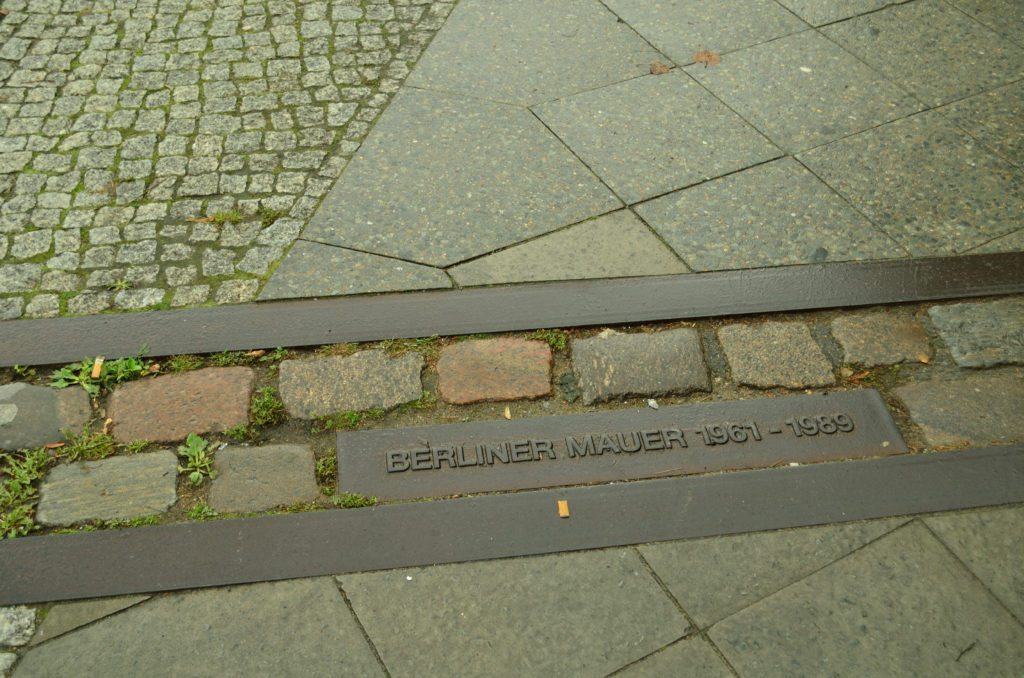
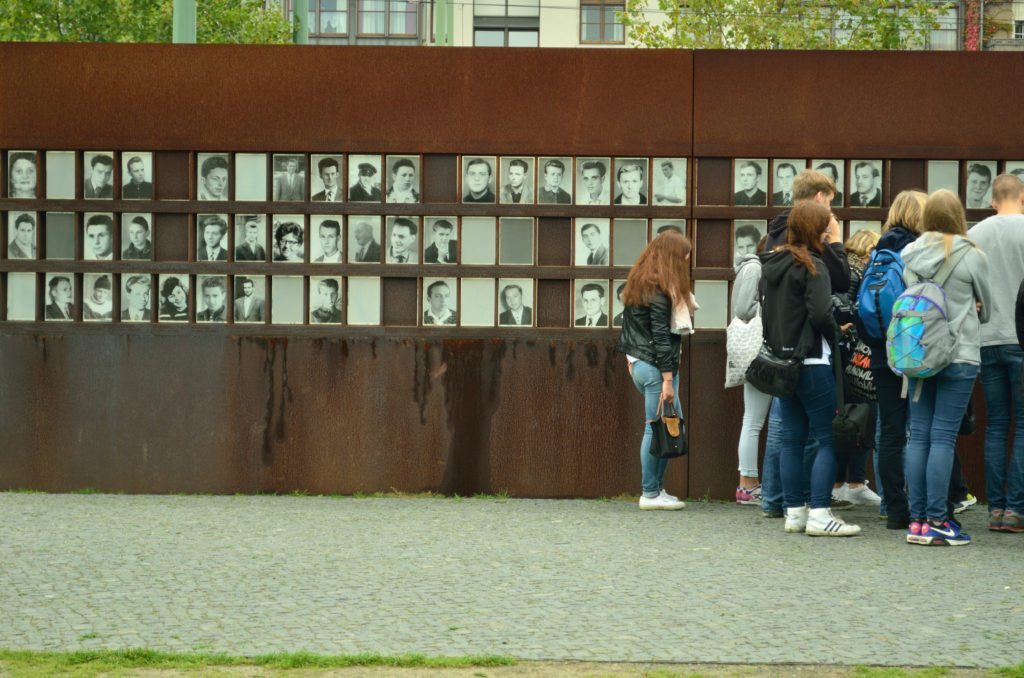
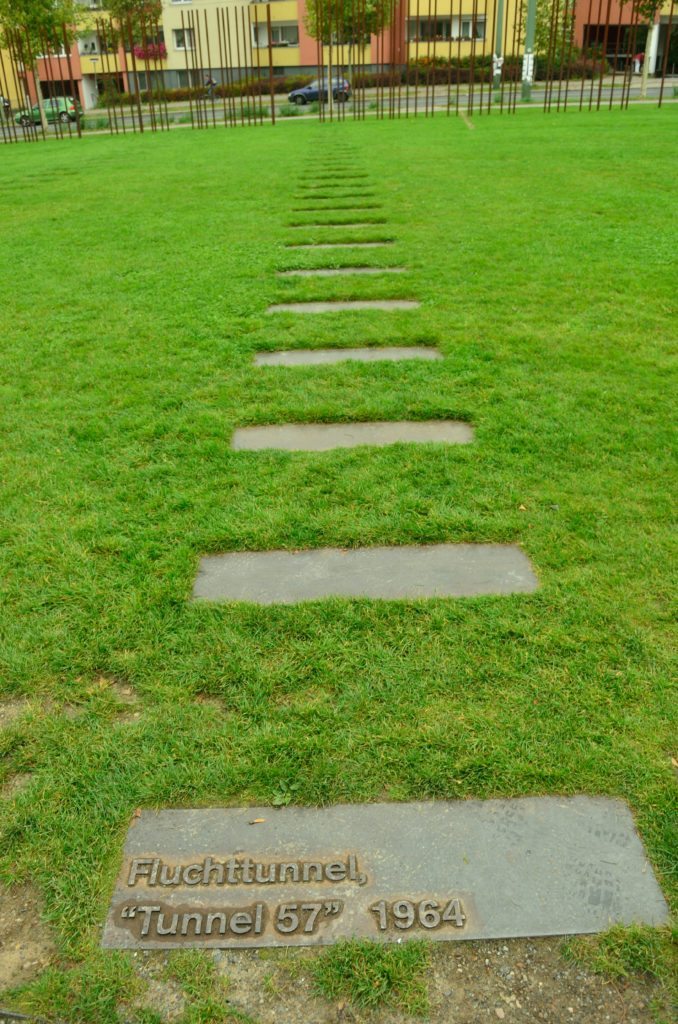
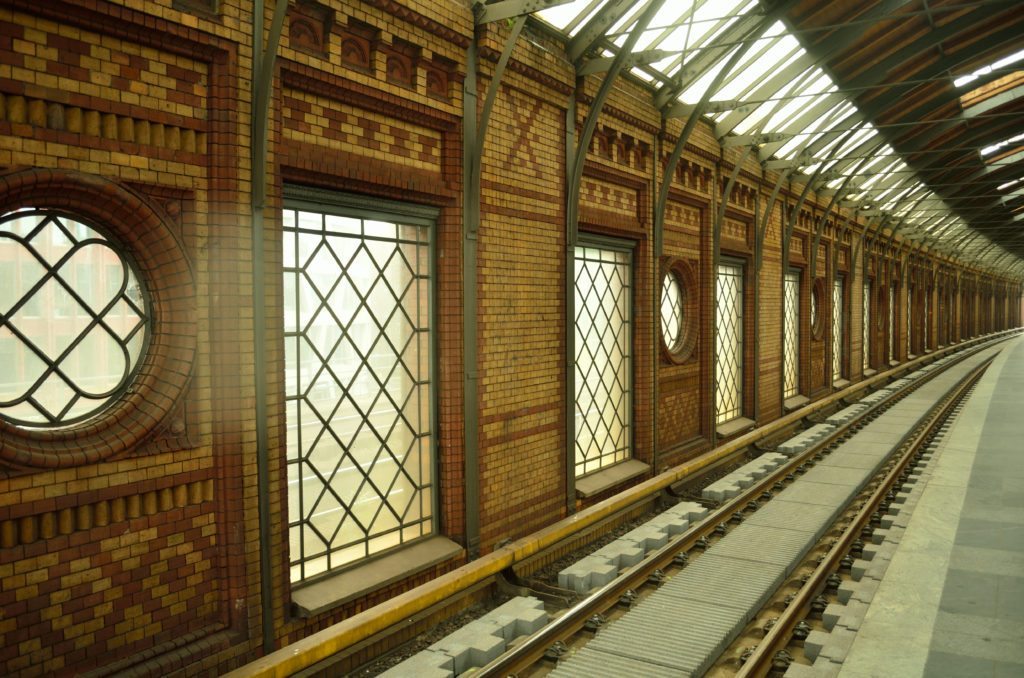
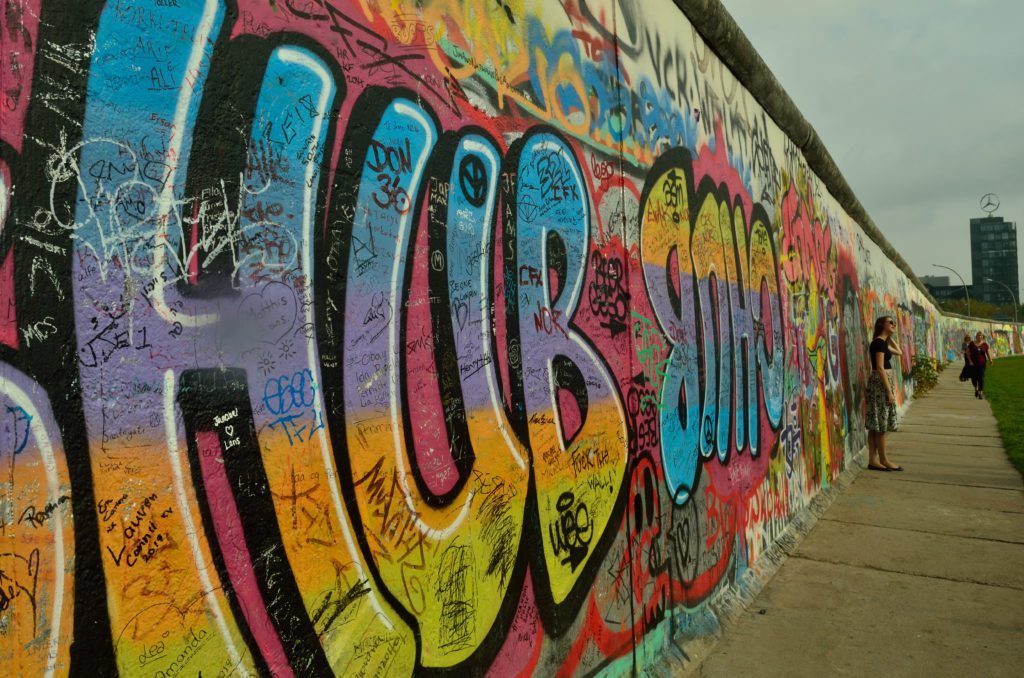
Wow… there’s something so gripping about a given place’s history and stories of a fight for freedom. Can’t even imagine what it must have been like to live such a confined life, but glad that Germany today is a unified country.
So many good things in one article, great article, quality writing, amazing photography. Loved it keep up the good work.
Nice blog Lakshami Sharath. Your story in this blog is good.
Your every blog provides neet & clean details which i never knew before reading it..Thanks for make my knowledge sharper..
Very well described with excellent photographs (y)
Thanks so much
great post. i missed berlin despite doing germany for 20 days. the country turned out to be bigger than i estimated. lol